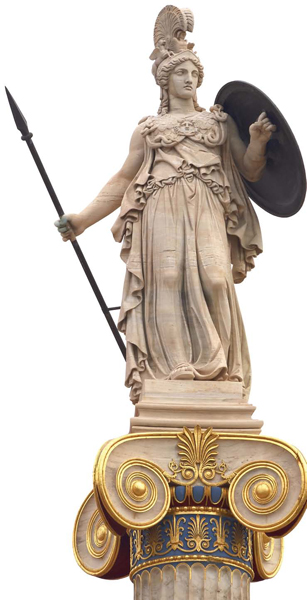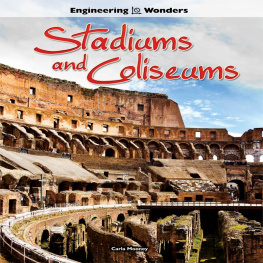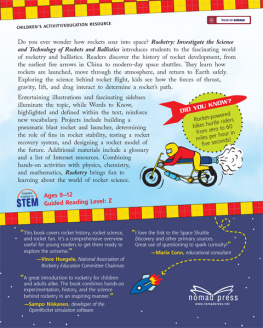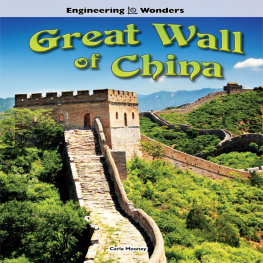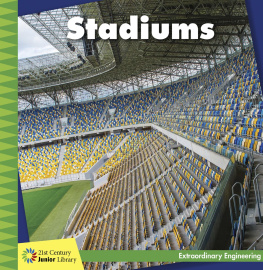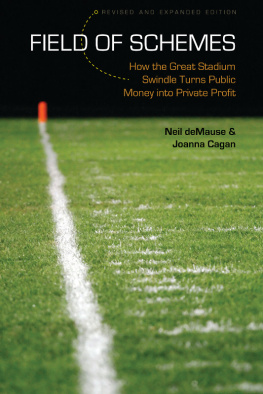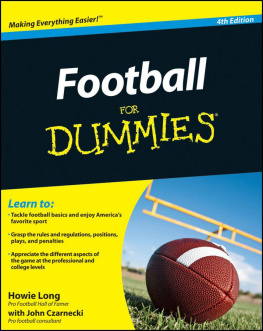Table of Contents
Guide
Stadiums and Coliseums

Carla Mooney

rourkeeducationalmedia.com | 
Scan for Related Titles
and Teacher Resources |
Before & After
Reading Activities | Level: Q Word Count: 2,654 Words 100th word: Korea |
Before Reading:
Building Academic Vocabulary and Background Knowledge
Before reading a book, it is important to tap into what your child or students already know about the topic. This will help them develop their vocabulary, increase their reading comprehension, and make connections across the curriculum.
Look at the cover of the book. What will this book be about?
What do you already know about the topic?
Lets study the Table of Contents. What will you learn about in the books chapters?
What would you like to learn about this topic? Do you think you might learn about it from this book? Why or why not?
Use a reading journal to write about your knowledge of this topic. Record what you already know about the topic and what you hope to learn about the topic.
Read the book.
In your reading journal, record what you learned about the topic and your response to the book.
After reading the book complete the activities below.
Content Area Vocabulary
Read the list. What do these words mean?
amphitheater
concrete
ellipse
engineers
excavated
foundation
gladiators
harbor
pontoons
retractable
spectators
stand
translucent
venue
After Reading:
Comprehension and Extension Activity
After reading the book, work on the following questions with your child or students in order to check their level of reading comprehension and content mastery.
1.When was the first stadium built and what was it used for? (Summarize)
2.When creating a stadium, what other factors do engineers and designers need to consider? (Infer)
3.Why is stadium seating built in tiers? (Asking questions)
4.How have engineers created stadiums that benefit fans and adapt to the environment they are built in? (Summarize)
5.Have you been to a stadium? What unique features did you notice? (Text to self connection)
Extension Activity
What is the closest stadium near you? What is it used for? How old is it? Does it have any unique features? Research a stadium near you and create a poster that gives information about your stadium. Present the information to your family and friends.
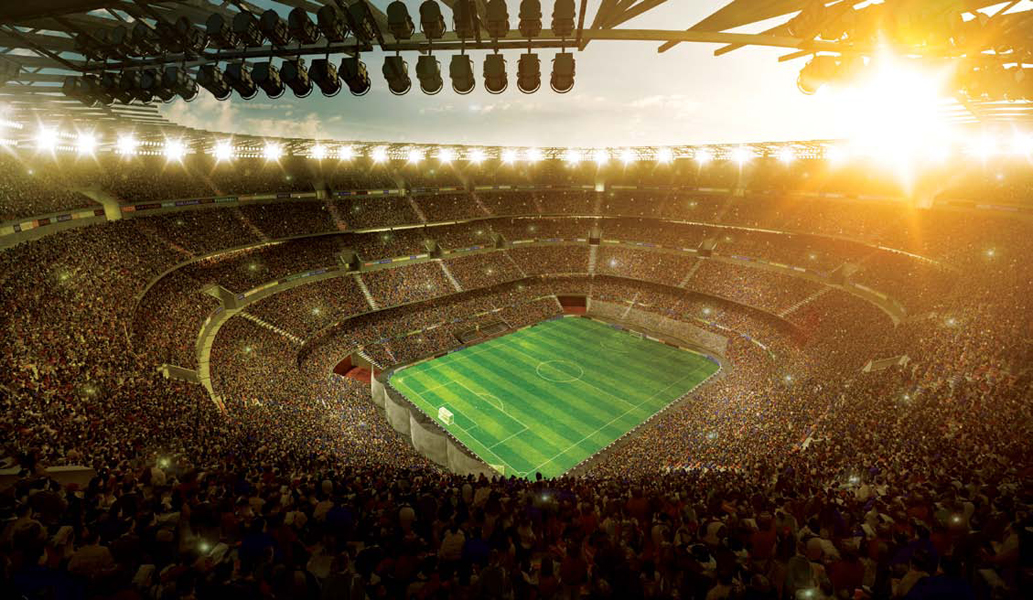
Thousands of fans crowd into an enormous stadium to watch a soccer match under the bright lights.
All about Stadiums
H ave you ever watched a live professional football game or rocked to your favorite band in concert? You probably watched these events in a stadium. A stadium is a structure where people watch sports competitions, music concerts, and other events. Participants play on a field or perform on a stage surrounded by .
Brain Builder!
Another word for stadium is coliseum.
Think your school auditorium holds a lot of people? Stadiums are some of the biggest public structures in the world. Some stadiums have seats for more than 100,000 people. In fact, the largest stadium in the world is the Rungrado May Day Stadium in Pyongyang, North Korea. It seats 150,000 people!
Completed in 1989 and considered the largest stadium in the world, the Rungrado May Day Stadium in Pyongyang, North Korea, is used for a variety of events including soccer matches, sporting events, and festivals.
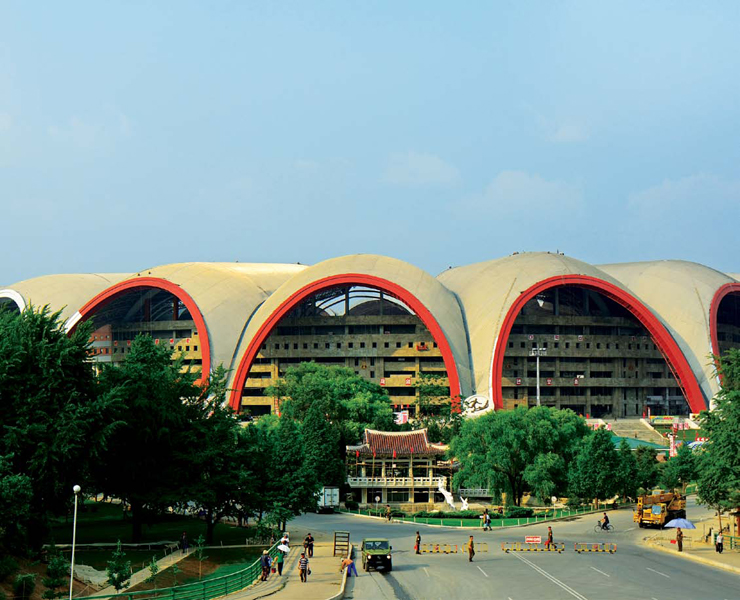
Most stadiums are built to host sporting events. In many places, professional sports teams partner with cities to build stadiums for baseball, football, and soccer teams. Colleges and universities build stadiums for their athletic teams. Governments also build stadiums for special events, such as the Olympic Games.
The city of London built the Olympic Stadium when it hosted the 2012 Summer Olympic Games. Beginning in 2016, the stadium will be used to host soccer matches, sporting events, and live music concerts.
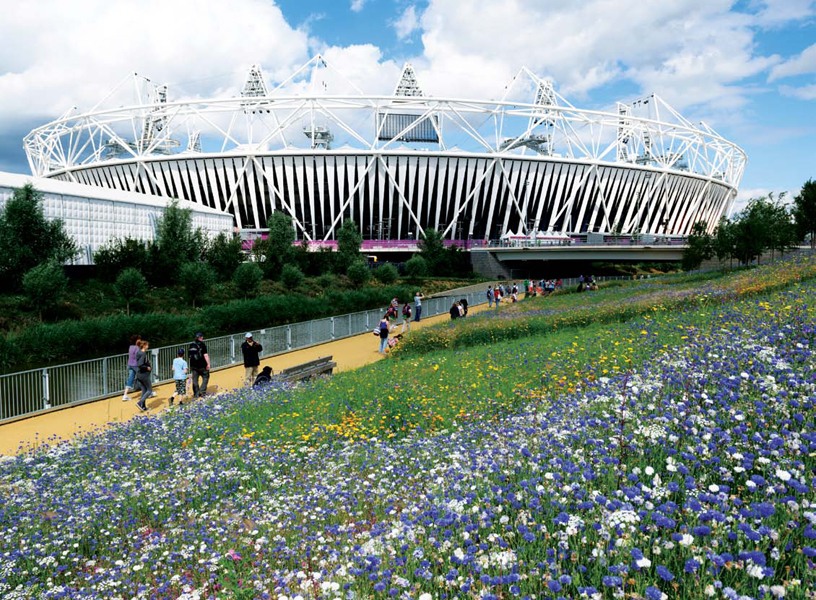

Located in Arlington, Texas, AT&T Stadium is the home of the Dallas Cowboys, a National Football League team. Completed in 2009, it is considered the worlds largest domed structure.
Building these super structures takes a lot of time, effort, and money. Stadium designs range from simple to complex. Building a stadium takes several years and hundreds of workers. Around the world, stadiums are some of the most amazing engineering wonders.
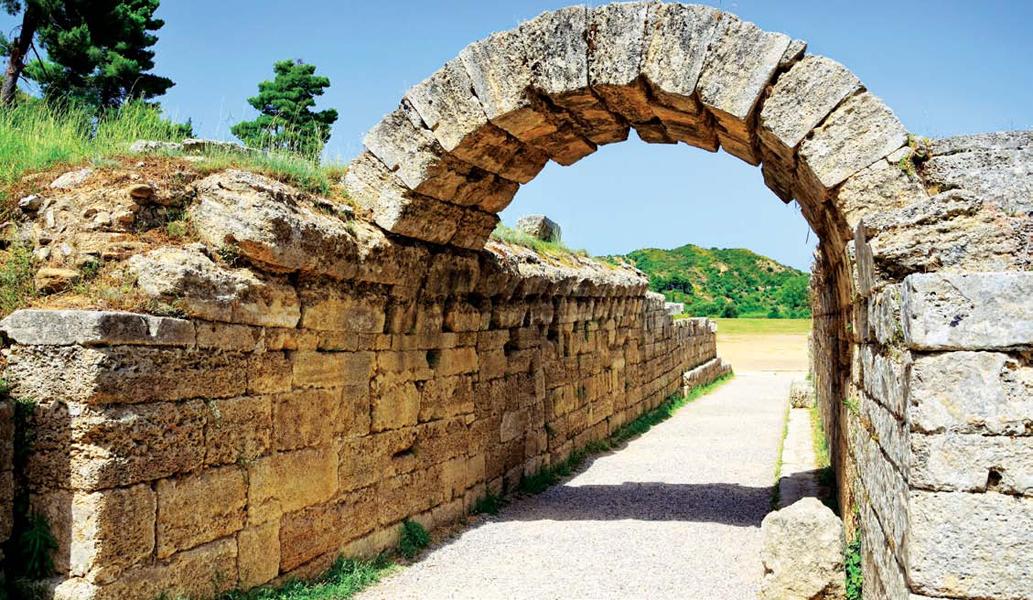
A tunnel-like entrance built with stone leads to the track in an early Greek stadium.
Early Greek Stadiums
M ore than 3,000 years ago, ancient Greeks built the first stadiums. The word stadium comes from the word stadion, an ancient Greek unit of length that equaled about 630 feet (192 meters).
The first stadiums had a simple, flat track in the arena. The track was made from hard-packed clay and shaped like a U. It had start and finish lines at the two ends.
A stone with separate entrances was built alongside the track. From the stands, judges and spectators could watch the athletes. Sometimes early stadiums were built near natural hills. Spectators could sit on the hill for a clear view of the races. Later, the Greeks added stone and marble seats to the stands. They also added steps and divisions to make it easier for spectators to enter and exit the seating area.
Spectators sat on hills and surrounding land to watch the races on the track in early Greek stadiums.
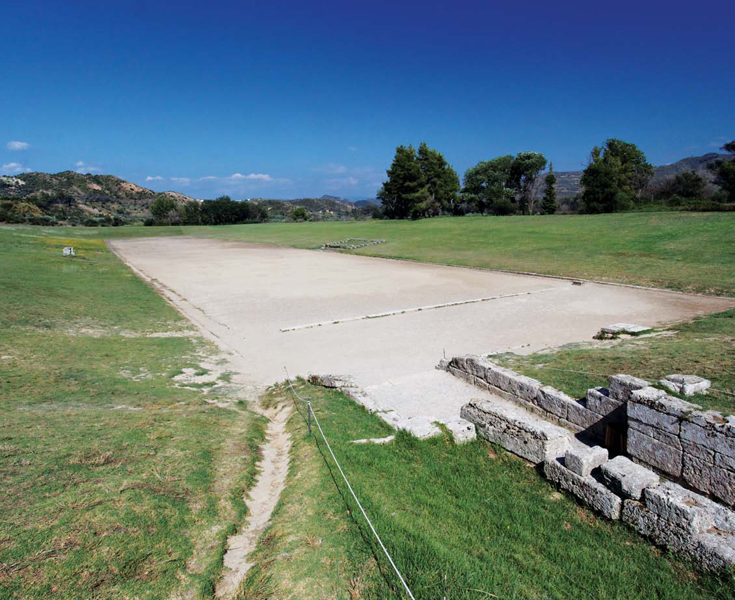
As sporting competitions became more popular, many Greek towns built stadiums. In the fourth century BCE, the Panathenaic Stadium was built in Athens, Greece. It was built in a small valley, between the two hills of Agra and Ardettos, over the Ilissos River. The stadium hosted athletic events for the Great Panathenaia, a celebration of the city of Athens. Every four years, these sporting games were held in honor of the Greek goddess Athena.
